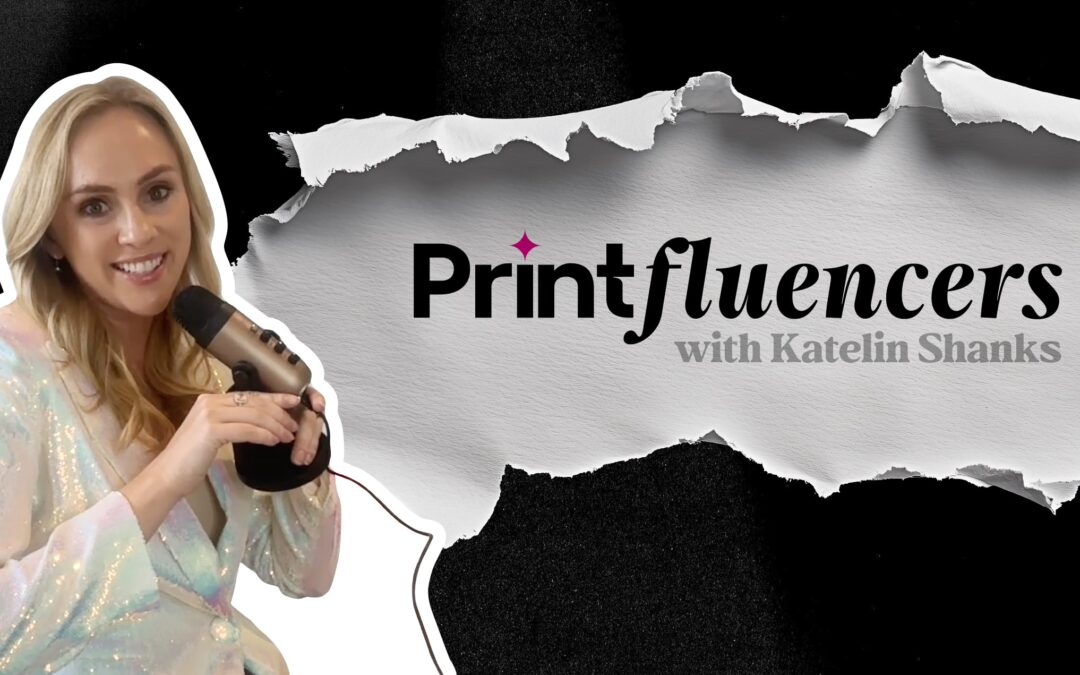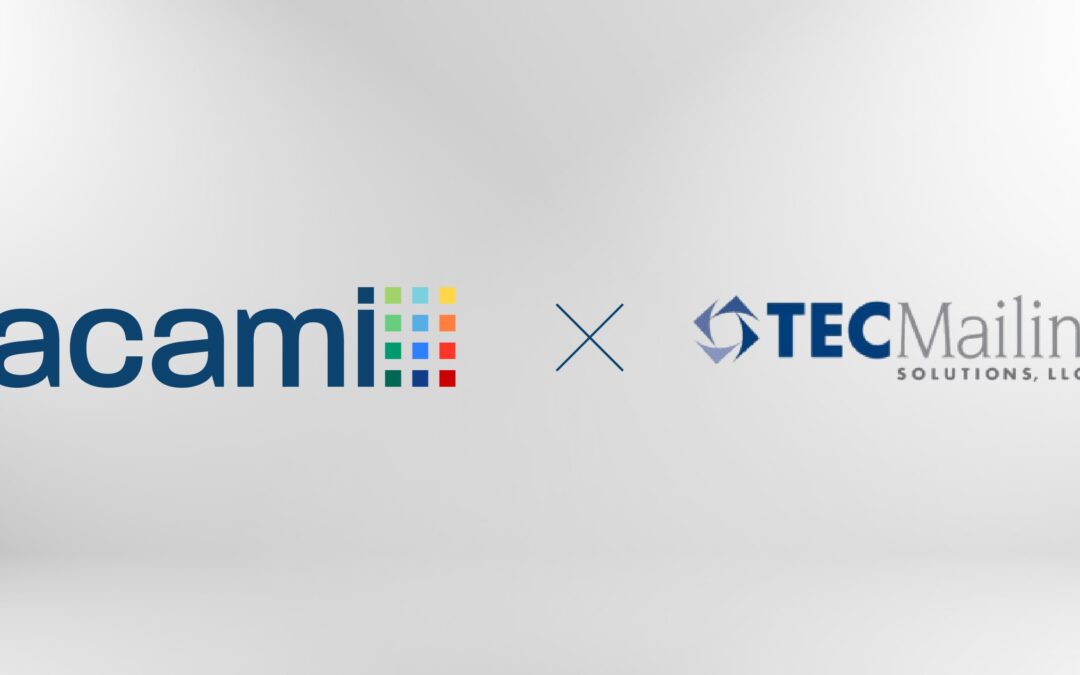Artificial Intelligence affects business in many ways. It is most prevalent in manufacturing processes but is quickly expanding to other business functions. Does AI have a place in a modern document production and distribution workflow? Many of the repetitive tasks in document processing workflow are well suited for an artificial intelligence application. AI is a technology that simulates the intelligence of humans in machines. Machines adjust to new information and perform human-like tasks. We will look at some areas where AI can improve document processing and print/mail operations.
AI: Common Applications in Manufacturing
Before jumping into AI applications for print/mail and document processing, a review of some common uses in manufacturing is helpful. Many of the manufacturing uses for AI transfer to document processing.
The manufacturing industry is leading the way in the application and adoption of AI technology. In manufacturing, AI applies to several layers of operations, from workforce planning to product design. The result is improved efficiency, product quality, and workplace safety.
In factories, machine learning and AI are used to support the predictive maintenance of critical industrial equipment. It accurately predicts asset malfunction and re-assigns work to other units on-site or in sister plants anywhere in the world. If AI cannot reallocate the workload, it helps managers take action to restore the equipment and prevent costly downtime. The analogy to digital duplicators, folding/inserting equipment, and mailing machines is easy to see.
Load Balancing and AI
Print management software manages the load balance between printers by sending print jobs to those units that are not being fully used and suggesting more cost-effective alternatives. Those parameters are hard-coded into the software. Machine learning is different. AI applications make those decisions on their own and subsequently improves the algorithm.
Maintenance
If monochrome production printer #4 goes down, typically the production stops and profitability is diminished. With machine-learned predictive maintenance, work stops less often. Printers have sensors to record data. The AI software collects and analyzes the data. Parts that are likely to fail are scheduled for replacement or repair before an actual crash. Efficiency and profitability are maintained. Firmware responsible for performance activity can re-write and download updates without human intervention. The problem is fixed before deploying a technician.
Security
Printing devices sitting on a corporate network are security risks. Hackers consider printers as conduits to a company’s network. Security risks are not just a concern for corporate networks. Data breaches have affected mail service providers as well. MSPs are custodians of their customer’s data. Service providers handle customer information for many companies. AI enhances security. Machine learning identifies and mediates new threats. Printers become self-monitoring. AI makes all printing devices safer on your network and reduces the chances of a breach.
Document Digitization
Many processes in industries such as banking and insurance are still done with paper. Forms received from customers are usually hand-written. Document digitization has been available for decades. Optical character recognition, or OCR, has been the technology for translating printed text to digital text. OCR software can figure out that a printed or hand-written letter is the same as that letter in digital text. But OCR software doesn’t read the word. It does not understand its context. OCR treats characters as a digital artifact shaped like an A, B, a number, or symbol. It figures out that a “B” is a “B,” but does not know what “B” means. OCR software cannot automate work that requires a decision. OCR does not learn.
Machine learning is different. AI can turn printed data into digital data, similar to an OCR application. However, it makes decisions and does work based on the digitized data. AI also gets better over time as it learns common patterns specific to the company or industry and adds them to the process.
Document Design
While graphic design and layout is a wholly creative activity, designers often do legwork that an AI system could learn. Fabricio Teixeira, a designer at Work & Co said that “approximately 20% of a designer’s time is spent solving for problems that could be easily automated by a robot with artificial intelligence.” AI can re-size photos, make color corrections, and enforce corporate branding requirements, freeing designers for more projects.
Alchem-e™ and AI
The Alchem-e™ platform is the perfect facilitator for AI decisions. The dashboard and workflow customization tools solve print/mail production and document workflow processing challenges in today’s dynamic digital environment. Print/mail operations can use it stand-alone or integrated with other applications. The Alchem-e™ platform allows knowledge workers to monitor and modify the decisions and actions of the AI learning engine if needed. The platform minimizes repetitive manual tasks and production errors. Simultaneously the production team gets faster and better at what they do. The machine learning engine automates repetitive decisions, while knowledge workers provide the experience and intuition for growing the business.



